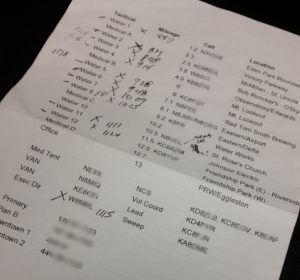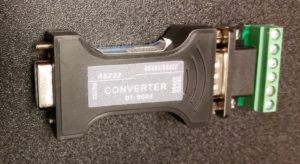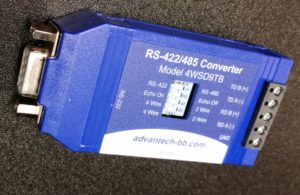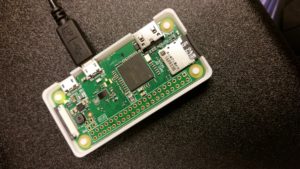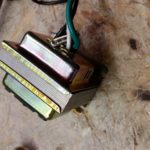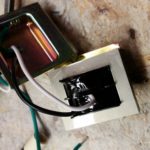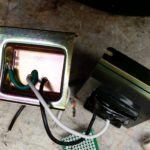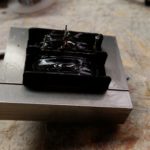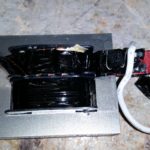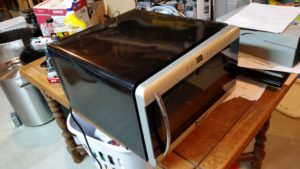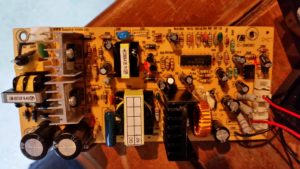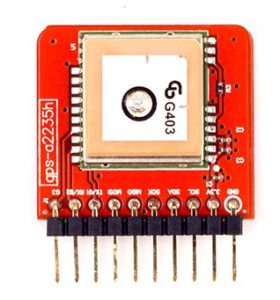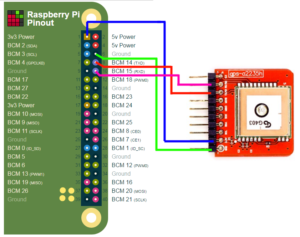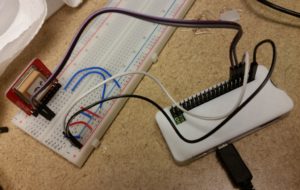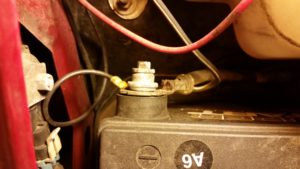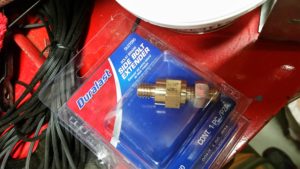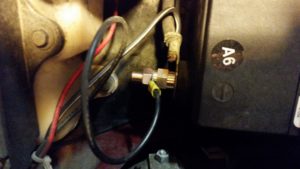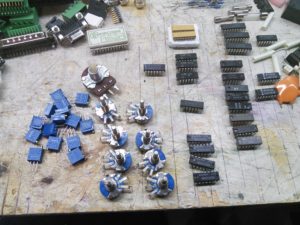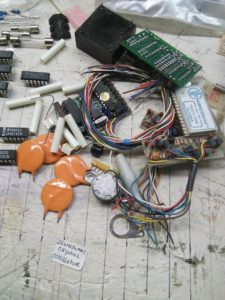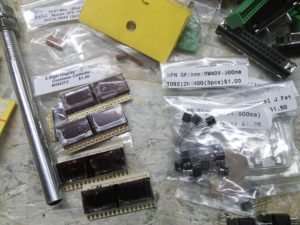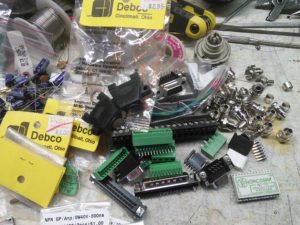My GE Profile (I think… model WPRE8150H1WT) washer decided to stop spinning out the load. Otherwise, it would work correctly. After checking for obvious stuff (unbalanced/heavy load, pump failure, etc), I looked into it and ultimately fixed it for free.
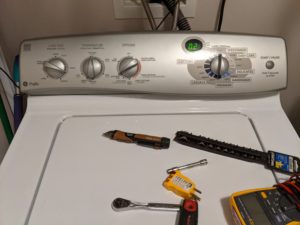
Troubleshooting Steps
Obviously, with some of the below steps, checking after is necessary.
- Unplug the Washer for a Minute
This is effectively a reboot. It has a microcontroller or something on it to tell it what to do, and the first step is to reboot. - Reset the Motor Controller
According to GE on YouTube, you can reset the motor controller by doing a reboot (unplug for a minute) and then open/close the lid 6 times in 30 seconds. - Check the Motor
The motor is front-center-low on the washer. You can remove the front panel by using a putty knife to disengage some clips at the top and it tilts out. The motor has a light on it that should be flashing in a regular pattern. If it is not, it will blink a pattern and repeat it every six seconds. Check the service manual (do a web search for it) for what the pattern means. - Enter Field Service Mode to Check Things
This is done by holding down the button and turning the mode switch half a turn (don’t go too fast, it needs to register each click) and releasing the button. You did it correctly if the display goes to 88 with all mode LEDs lit on the time-remaining display.
Turn the switch clockwise one position, it should go to a model code. The following position is a diagnostics position. Mine showed something interesting here related to a slow pump fault. According to the service manual, this can be due to the pressure switch not resetting.
Turn the switch a few more positions, and H or C should display on the display. This SHOULD activate the hot or cold valve (as appropriate) UNLESS the Rinse LED is on (see the image below), which indicates that the tub is full. In my case, there was no water in the tub. - Use Field Service Mode to Test The Motor and Mode Shifter
Since my washer wasn’t spinning, I turned the dial to P to activate the pump (it works!), then to SP for spin (for several minutes), and then to AL and AH each for a few minutes. Since it began to spin on spin and agitate on the AL and AH modes, I decided that the motor and mode shifter (like a transmission) were probably not the problem. I also lifted the lid while the tub was in spin mode, which activates the brake – it stopped well short of seven seconds (the standard used in the service manual).
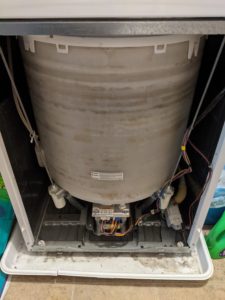
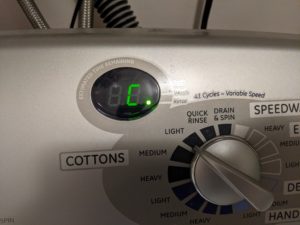
Resolution
Since signs were pointing to the float switch, I removed the front control panel (four 1/4″ bolts on the back, tilt forward, and then slide the panel to the right) and test the switch. The switch should be normally-closed. My tester indicated it was open. Prior to buying a $30 switch, I removed the tube and blew into it – something was in the tube blocking it making the unit think there was water in the tub when there wasn’t. I tested the switch again, which was now closed. I reassembled the washer and tested the spin cycle that now works.
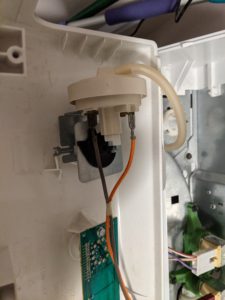
Conclusion
Troubleshooting is pretty important – in this case, not only did I save money and time by fixing my washer (a new comparable washer is around $600), but even if I replaced the pressure switch it wouldn’t have fixed the problem because the problem was in the tube.
Prevention is pretty important, too. Many people (including me) do not clean washers. I guess we assume that since it looks clean inside that it is. Occasionally, we should run a large load of hot water (only) with some Oxyclean to clean it out. I’m not sure if that would have prevented this, but there’s a chance it would have.
So here it is in 2019, a week past Hamvention. I decided to check on this blog and install updates and look at the list of posts… this one was sitting in draft for some unknown reason. It’s been a while. It’s been a busy several months for me (new VERY BUSY job working from home, which means a basement office build… sprinkle in life with older vehicles and other things, I was a busy!)
Year #2 at Xenia, and the first year I had to deal with rain at Hamvention. It was full of all the stuff we complain about on Reddit: mud and “hamabouts” (motorized wheelchairs).
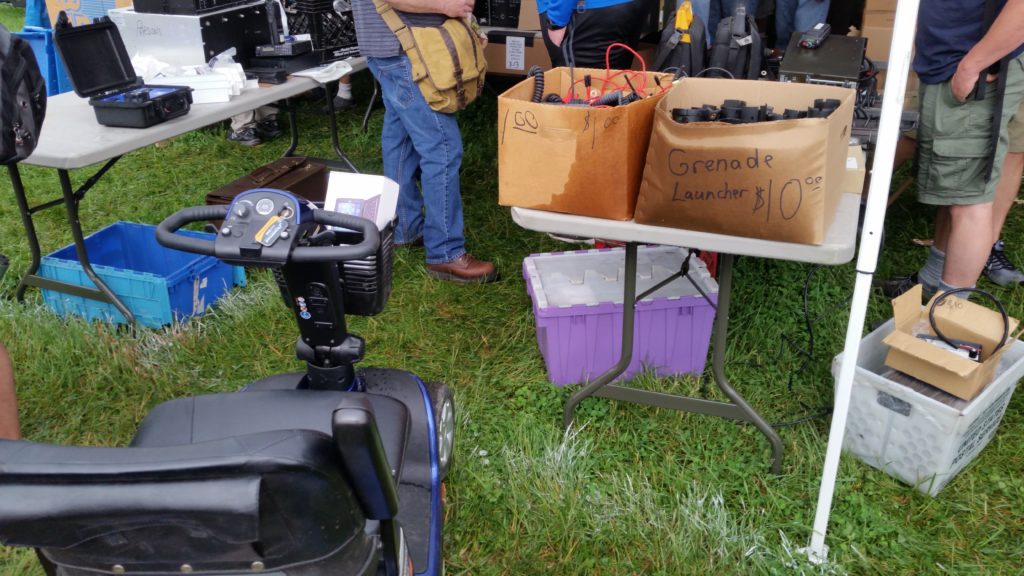
I came home with only a few things – a book, a pile of free serial cables (these were for work), and an MD-380.
The book is an RSGB book Building a Transceiver. I bought it because the one thing I really want to do right now in amateur radio (and really in electronics in general) is build a few radios – and my first goal is VHF or UHF, so I’m thinking 6 meters. I hadn’t seen it before I saw it on the RSGB table, otherwise I would have probably already owned it. I’ve read the intro and the first chapter, and it already seems like a good book that will teach me a lot.
The pile of free serial cables is because I’ve been doing a lot of work with RS-232 and RS-485 devices. We tend not to have the correct cables in the office and government purchasing processes make it an hour-long process to order a cable. I wish I was exaggerating, but I’m not. In fact, I’ve bought small stuff with my own money to use in the office to avoid the mess.
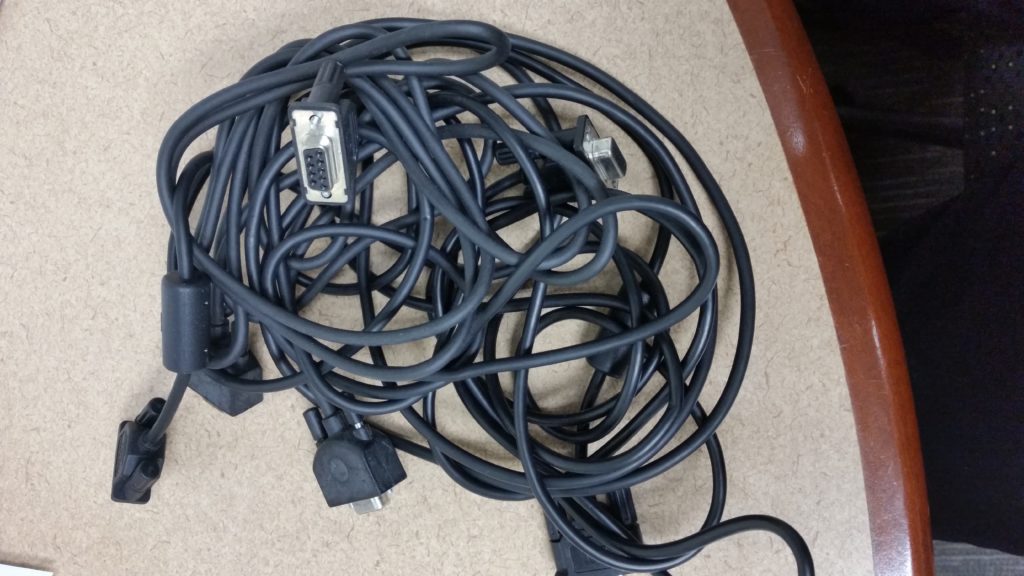
The MD-380 was the most interesting radio I’ve purchased so far. I was going to buy a new one from MTC Radio, but they had a line and I talked myself out of it (“it’s $90 and the only two DMR repeaters in the area are in Hyde Park and Springdale and I probably can’t hit them on UHF and they’re DMR not Brandmeister and I don’t know what those mean and why they’re important”). Then, I saw one on a used table with an extra antenna, extra battery, and all the bells and whistles (except I later found out the programming cable was forgotten).
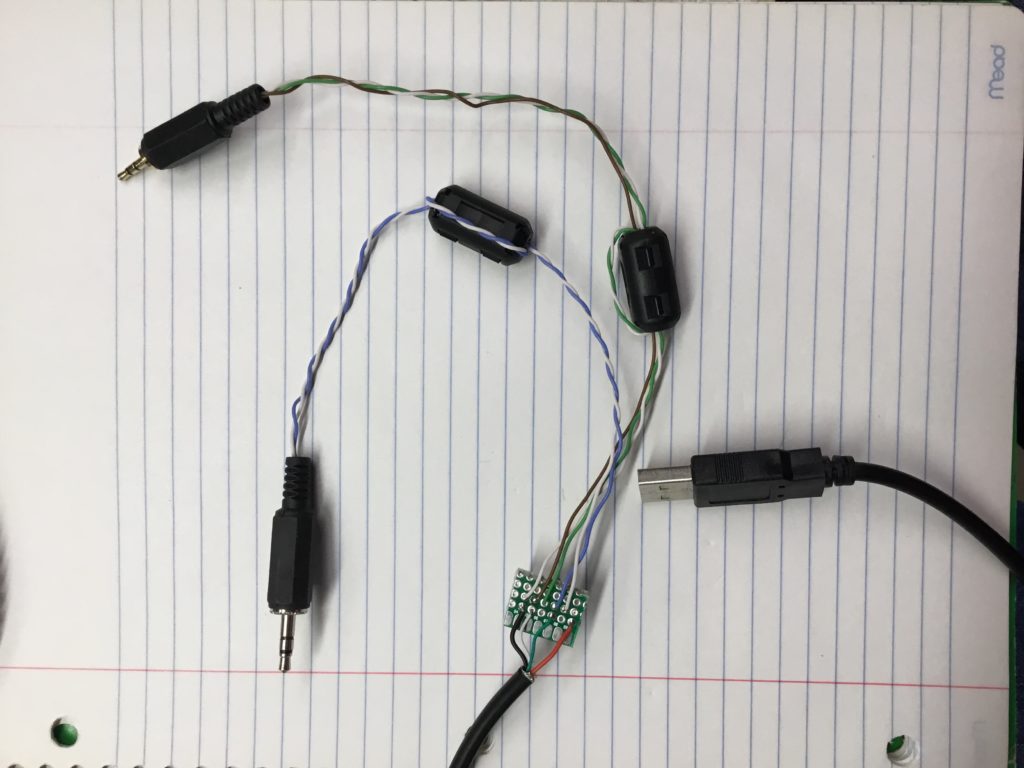
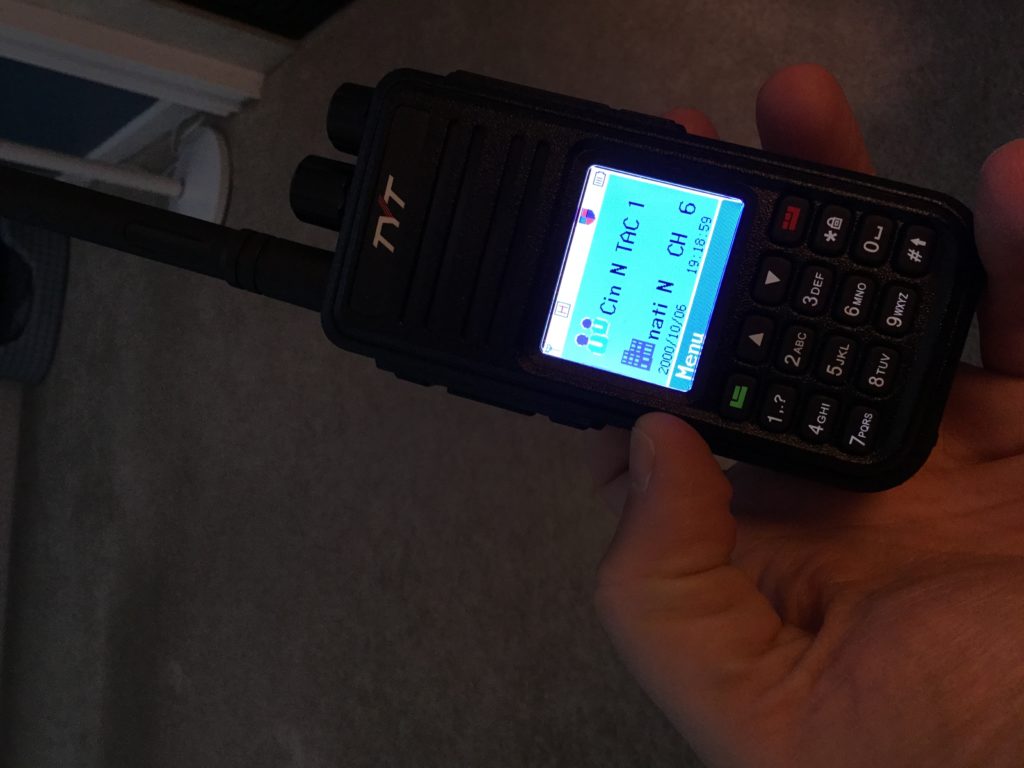
I also picked up a few things – a flyer, a Ham Radio 360 sticker (it was great seeing KF7IJZ again and meeting KR6ZY in person), and a neat little thing from Great Scott Gadgets – a Throwing Star LAN Tap (the history of this little device is pretty interesting).
I’m a runner, but you didn’t stray to my other website and I didn’t accidentally post running stuff to the wrong website. This is about volunteering to help at a race, specifically the Queen Bee Half Marathon and 4 Mile Race.
The position I’ve had at this race is shadowing the race director (RD). I’ve been doing this for four years now, so this is the accumulation of all that knowledge.
Preparation
Obviously, charge both my HTs and gather related equipment (headsets, backup batteries). One of my HTs is a Wouxun, so check the programming (I do this early using last year’s frequencies and CTCSS tones and then check for any changes when the frequencies are released; CHIRP makes it easy to deal with this).
Since my position involves telling the race director about the progress of the race, I created a cheat sheet of tactical names, mileage, and callsigns. This way, I can tell the RD a location better than “water 4”.
The cheat sheet was nice to have – particularly because I was telling the RD things like “lead runner at mile 1.2” as opposed to “water 1”, which is a little past the marked mile. Additionally, I put a tick mark next to people as they checked in and noted the time when they were released.
Other stuff I tend to have with me:
- Small memo pad
- Pen
- Pocket knife
- Glasses wipe
- Hat (damn receding hairline and general baldness!)
Race Day
I arrive before my scheduled time, mostly because I park at my office (free, secure, and right where I tend to be released from). Find the RD (I know generally where to look, and know who to ask that can get me pointed towards him), and make sure he sees me (if he’s busy). I generally wait until this time to check in with NCS (net control station) as sometimes questions come in. If there are things the RD is doing that I can help with, I jump in and help.
The first race to start is the half marathon. After a half hour, the 4 mile race starts. This year (different from years past), I broadcast the count-down to the start of both races. The remainder is telling the RD where lead runners are and if there are any issues and relaying questions that need to be relayed. Fortunately, many of the stations have been doing this as long as I have (as long as the race itself), so there aren’t many questions anymore as we’ve all refined the process a little – for example, NCS makes sure I know if the lead runner is male or female (since this is the QUEEN BEE half, they would like the first finisher to be female).
Beyond that, I make sure the RD knows if there are a lot of runners dropping out or if I hear anything on the air that I think he needs to be aware of, but since this is become a well-oiled machine and the weather usually cooperates, there hasn’t been much.
Random Pictures
If I did this blog post when I should have, I likely had a reason for taking most of these. However, the race was in October and it’s now February, there’s no way I remember why I took these.
- Before the start
- Before the start
- Before the start
- Presenting the flag, just before the start
- Prep for the start
- Prep for the start
- The finish line for the 4 mile race moved, so the old finish line had this banner.
- Four mile finishers
- Four mile finishers
- Cars coming from Cars and Coffee down the road
- Cars coming from Cars and Coffee down the road
- Cars coming from Cars and Coffee down the road
- Cars coming from Cars and Coffee down the road
- This guy gets it…
- Me. Wearing a running shirt and a vest that is far too large for me because I’ve lost a shit ton of weight!
Part of my real job is traffic counts, and I’ve been working on some permanent traffic counter setups. The counters that we are using have an RS-232 interface, although in certain situations, an RS-485 connection must be used.
They don’t make computers with RS-485 connectors on them (anymore). So I’ve purchased an adapter, and then a coworker purchased another (more expensive) adapter. The differences are interesting.
Adapter #1 is an inexpensive $10 on Amazon (affiliate link). I’m not going to post an image of the inside, but there are 4 chips:
- an ME7660C Charge Pump (converts +5V to -5V)
- A 4093 Schmidt Trigger
- Two SP485EE RS-485 Interface chips
The reason for two RS-485 Interface ICs is because RS-485 is full-duplex, so my guess (without tracing the circuit board) is that one chip handles the positive RX/TX and the other handles the negative RX/TX.
Adapter #2 is a far more expensive converter (it’s $80 on Amazon, affiliate link). Similar to above, I’m not going to post an image of the inside, but it also has 4 chips… some similar, some not so much:
- 7660C Charge Pump
- MC14093 Schmidt Trigger
- SP3220 RS-232 Transciever
- SP485EEW Full Duplex RS-485 Interface
This particular adapter was recommended by the manufacturer of the traffic counters we are using, and my thought is that it has to do with the fact that it has a full-duplex interface. I looked on Digikey to see if they have both types of chips, and they only stock the half duplex chip (for less than a dollar per chip).
I was so far not able to get either of these to work with the traffic counter, although I’m willing to bet that in both cases, it has to do with something that isn’t the device (my wiring or needing to use a null modem adapter).
-73-
It’s not really a secret that I love messing with Raspberry Pis – I have one (a first generation Raspberry PI) that acts as a VPN server and a temperature controller for my homebrew beer keezer, I have one (a third generation Raspberry Pi) that acts as a streaming media server, I’m preparing one (a 0W) for a homebrew beer fermentation chamber, and I have a few more 0s and 0Ws for different uses. That being said, I’ve started to customize my own prep routine for getting a new Pi Zero W (and this is adaptable) running.
Card Setup
- Image latest OS onto card: Use Etcher (from etcher.io)
- Boot once (this fixes a few things, most notably the SD card size)
- Setup as Ethernet Gadget (thanks Adafruit!)
- Card /boot/config.txt -> add
dtoverlay=dwc2 - Card /boot/cmdline.txt -> after rootwait add
modules-load=dwc2,g_ether
- Card /boot/config.txt -> add
- Enable SSH: add file ‘ssh’ (no ext) in /boot/
- Alternative: sudo raspi-config – interfacing options – SSH – Yes
- Add wifi info:
- Card /boot/wpa_supplicant.conf
- Should look like:
network={
ssid="YOUR_SSID"
psk="YOUR_PASSWORD"
key_mgmt=WPA-PSK
}
Device – after boot
- Connect with PuTTY to
raspberrypi.local - Change password:
passwd - Update host information in
/etc/hostsand/etc/hostname - Reboot to force update to AVAHI (mDNS):
sudo reboot - Update software:
sudo apt-get updatethensudo apt-get upgrade - OPTIONAL: Install python pip:
sudo apt-get install python-pip
Notes:
There’s usually some easier ways to do these things, this is my way. As per usual, there’s at least six ways to skin the cat and at least four of them are correct.
The case is from Thingiverse.
Backstory: I purchased some 24v pumps that I use in homebrewing beer. Lacking any good option for a 24v DC output, I grabbed a doorbell thermometer at the hardware store and rigged it up in a single-gang box (don’t try this at home, kids!).
For reasons likely involving moving boiling wort through one of these for 15 minutes before shutting off the heat (boiling wort is an effective sanitizer), I blew two transformers before looking into things.
- Outside
- Cover removed
- Yup, it’s grounded.
- Multiple taps – 8, 16, and 24V.
- The black part must be some sort of fuse, and that’s what failed. It says 2A on it, so apparently I had a pump pulling > 2 amps on the 120V side.
The ultimate end of this is that I’ve decided to stop using the cheap pumps and am going to purchase a decent pump.
-73-
Many years ago, I purchased a wine cooler on clearance at the local grocery store. I soon found why it was on clearance: it’s default set temperature was in the 30s (Fahrenheit) and it didn’t remember the set temperature after a power loss.
So the wine cooler sat for many years, unused. Until now.
I don’t drink wine, but I brew beer. In brewing, yeast like certain temperatures – mid-60s to low 70s for ales, and mid-50s for lagers. While I normally brew ales, every so often I like a nice lager (few things beat a nice Marzen in the fall, or a nice Bock in the spring).
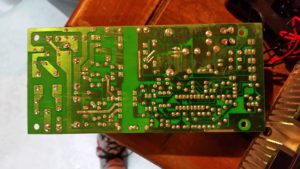
Bottom of controller board. Note the blank line between the high and low voltage sides of the the supply.
After taking apart the cooler, I realized it’s basically a switching 120V – 12V power supply with a controller for a negative temperature coefficient temperature sensor. Without anything connected to the NTC pin, nothing happens. However, if I short the NTC pin to ground, it turns on the chiller. As seen below in the headache-inducing video, the device works.
This is the first part – the second part will be a controller. And at some point, I’ll have to figure out if I can actually use this to keep 5 gallons of beer cold.
73
Update: removed the smaller (cold side) heat sink to get the part number. It is a TEC1-12706.
At a hot side temperature of 25ºC:
Qmax (Watts) 50
Delta Tmax (ºC) 66
Imax (Amps) 6.4
Vmax (Volts) 14.4
Module Resistance (Ohms) 1.98
Somehow I ended up finding a Tessel GPS on Seeed Studio for $20 (it’s not $20 currently, but maybe someday soon). The Tessel GPS is really a Maestro A2235-H GPS chip on a semi-convenient breakout board.
I want to use it with a Raspberry Pi Zero-W.
The problem is that the GPS output appears to be a newer type of data called OSP. It’s not easy to read, and I didn’t find any pre-built libraries that decode it. If one slows the baud rate down, the output is in NMEA, which is standard and free libraries exist.
Raspberry Pi-0W OS Setup
I’m assuming the use of Raspbian here.
Recommended first-time setup courtesy of Adafruit.
A few things need to happen on the Pi-0W: turning off the serial console.
- $sudo raspi-config
- Option 5: Interfacing Options
- P6: Serial
- No, you don’t want the shell accessible over serial
- Yes, you want serial port hardware to be enabled
- Finish
- $sudo shutdown -h now
The last command is shutdown because at this point, I’m assuming the hardware is not plugged in.
Raspberry Pi-0W Hardware Setup
The Tessel GPS breakout has the TX and RX inverted (depending on how you look at it). Pi-0W pin 1 to the Tessel GPS 3V3 power, pin 6 to the Tessel GPS ground, pin 8 to the Tessel GPS TX, and pin 10 to the Tessel GPS RX.
Reading From The Device
When the device is first powered on, any serial connection prints gibberish because the GPS strings are in hex. To change that, one must send a string of bytes to the GPS device. I’ve prepared a quick python script to do just that:
Once this script is run, any serial connection can be made to the GPS device, such as:
$sudo minicom -b 9600 -o -D /dev/serial0
Or with python or another language.
I’ve had a mobile radio installed in my S-10 for years. However, for the longest time, it was only half right. I did the correct thing and not use my truck’s accessory outlet wiring. I haven’t figured out for the life of me how General Motors claims you can put 20A on a 20 gauge wire – 20A for any sustained period of time on such a small wire is a significant fire hazard.
Initially, I took the quick, easy, and cheap way out by sandwiching the radio power lead in the battery post. However, I ran into a problem a few times in the mornings where my truck wouldn’t start. I found that the positive power lead was not staying tight. I eventually removed the power lead because I like to be able to drive my truck. And besides, no power was getting to the radio, either!
Enter the correct solution.
The correct solution is $5 each (and two are needed). Not really expensive.
This works better for two ways – the first is that the new battery bolts are longer ensuring a more reliable connection between the battery and the cables. The second is that the wires are not between the battery and the main vehicle power. I might be over-stating that benefit, though, as I don’t think the power lead lugs were causing any significant power drop.
73 de KE8P
At the Milford Hamfest, Debco Electronics was selling off grab bags. I bought two (and I’m calling them Junk Box Fillers)… of note:
- 74155 ICs – 2 line to 4 line decoder/demultiplexers
- LM613 Dual Op-Amp and Dual Comparator and Adjustable Voltage Reference
- M5229P Seven Element Graphic EQs
- 15 trimmer resistors
- 9 variable resistors (8 appear to be the same)
- Some 2N4861 JFETs
- Some IRL530 MOSFFETs
- Some other bipolar transistors
- Some touch tone decoders (one not on a circuit board, at least one on a circuit board)
- Some display boards
Pictures:

